technological innovation
Aluminum alloy die casting process introduction (2)
(6)Gravity Die Casting
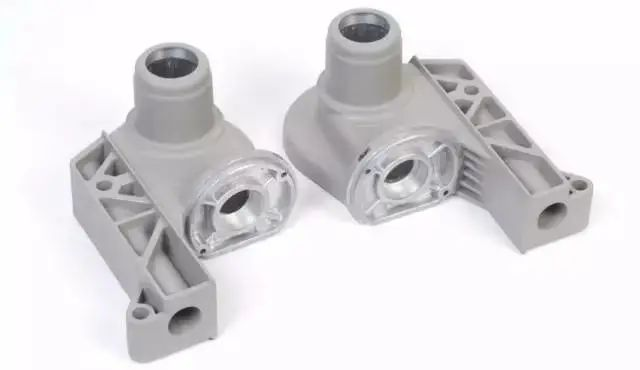
Metal mold casting: refers to a molding method in which liquid metal fills a metal mold under the action of gravity and cools and solidifies in the mold to obtain a casting.
Process flow:
Process characteristics
advantage:
1. The thermal conductivity and heat capacity of the metal mold are large, the cooling speed is fast, the structure of the casting is dense, and the mechanical properties are about 15% higher than that of the sand casting.
2. Castings with high dimensional accuracy and low surface roughness can be obtained, and the quality stability is good.
3. Because sand cores are not used or rarely used, the environment is improved, dust and harmful gases are reduced, and labor intensity is reduced.
shortcoming:
1. The metal mold itself has no air permeability, and certain measures must be taken to export the air in the cavity and the gas generated by the sand core;
2. The metal type has no concession, and the casting is prone to cracks when it solidifies;
3. The metal mold manufacturing cycle is longer and the cost is higher. Therefore, good economic effects can only be shown when mass-produced in large quantities.
Application: Metal mold casting is not only suitable for mass production of non-ferrous alloy castings such as aluminum alloys and magnesium alloys with complex shapes, but also for the production of iron and steel metal castings and ingots.
(7)Vacuum Die Casting
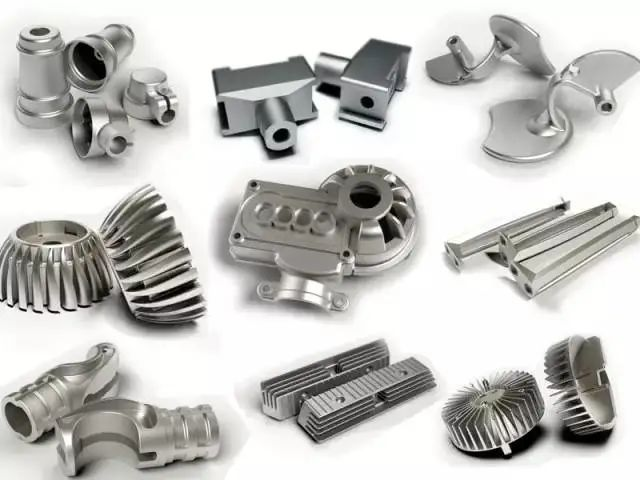
Vacuum casting: an advanced die-casting process that improves the mechanical properties and surface quality of die-castings by eliminating or significantly reducing the pores and dissolved gases in the die-castings by pumping out the gas in the die-casting mold cavity during the die-casting process.
Process flow:

Process characteristics
advantage:
1. Eliminate or reduce the pores inside the die casting, improve the mechanical properties and surface quality of the die casting, and improve the coating performance;
2. To reduce the back pressure of the cavity, alloys with lower specific pressure and poor casting performance can be used, and it is possible to die-cast larger castings with small machines;
3. The filling conditions are improved, and thinner castings can be die-cast;
shortcoming:
1. The mold sealing structure is complicated, and it is difficult to manufacture and install, so the cost is high;
2. If the vacuum die-casting method is not properly controlled, the effect will not be very significant.
(8)Squeezing Die Casting)
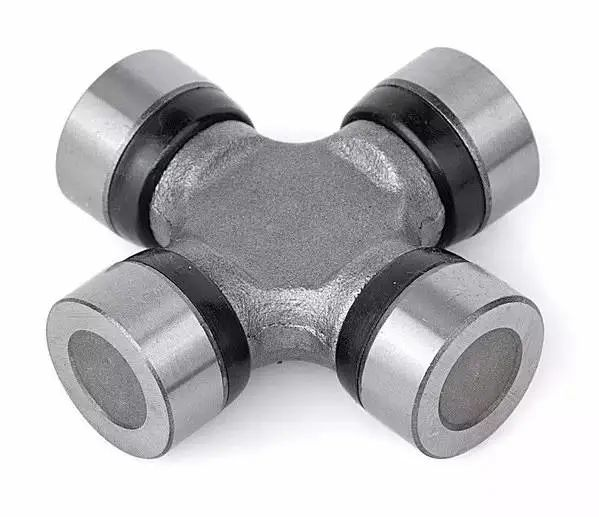
Squeeze casting: It is a method of solidifying and flowing forming liquid or semi-solid metal under high pressure to directly obtain work pieces or blanks. It has the advantages of high utilization rate of liquid metal, simplified process and stable quality. It is an energy-saving metal forming technology with potential application prospects.
Process flow:
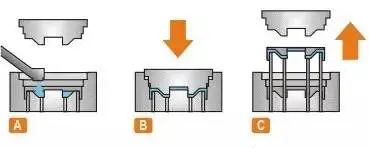
Direct extrusion casting: spray paint, cast alloy, mold clamping, pressurization, pressure maintaining, pressure relief, mold splitting, blank demoulding, reset;
Indirect extrusion casting: coating, mold clamping, feeding, filling, pressurization, pressure holding, pressure relief, mold parting, blank demoulding, reset.
Technical Features:
1. It can eliminate internal defects such as pores, shrinkage cavities and shrinkage porosity;
2. Low surface roughness and high dimensional accuracy;
3. It can prevent the generation of casting cracks;
4. It is easy to realize mechanization and automation.
Application: It can be used to produce various types of alloys, such as aluminum alloy, zinc alloy, copper alloy, ductile iron, etc.
(9)Lost Foam Casting
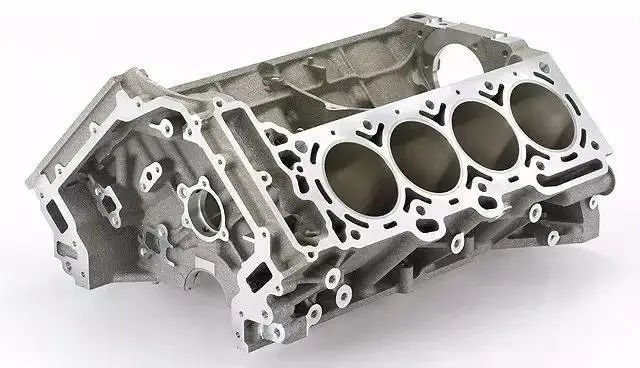
Lost foam casting (also known as solid casting): it is to bond and combine paraffin or foam models similar in size and shape to castings to form a model cluster. After brushing refractory paint and drying, it is buried in dry quartz sand for vibration molding. Press down and pour to vaporize the model, liquid metal occupies the position of the model, solidifies and cools to form a new casting method.
Process flow: pre-foaming→foaming molding→dipping paint→drying→modeling→pouring→shaking→cleaning

Technical Features:
1. The casting has high precision and no sand core, which reduces the processing time;
2. No parting surface, flexible design and high degree of freedom;
3. Clean production, no pollution;
4. Reduce investment and production costs.
Application: It is suitable for the production of precision castings of various sizes with complex structures. The types of alloys are not limited, and the production batches are not limited. Such as gray cast iron engine case, high manganese steel elbow, etc.
(10)Continual Casting

Continuous casting: It is an advanced casting method. Its principle is to continuously pour molten metal into a special metal type called a crystallizer, and the solidified (crusted) casting is continuously poured from the other side of the crystallizer. Pulled out at one end, it obtains castings of any length or a specific length.
Process flow:

Technical Features:
1. Due to the rapid cooling of the metal, the crystallization is dense, the structure is uniform, and the mechanical properties are good;
2. Save metal and increase yield;
3. The process is simplified, and the modeling and other processes are exempted, thus reducing the labor intensity; the required production area is also greatly reduced;
4. Continuous casting production is easy to realize mechanization and automation, and improves production efficiency.
RELATED NEWS
- Not sure about the T4, T5, and T6 materials of aluminum profiles? This article h 2024-03-20
- How to use aluminum profile section design skills to solve extrusion production 2024-03-19
- Factors affecting the life of trimming and punching molds 2024-03-12
- Overview of Steel/Aluminum Welding Technology 2024-02-29
- Steel belt conveying direction 2023-09-26
CATEGORIES
LATEST NEWS
CONTACT US
Contact: Manager:Miss Jasmien
Phone: +8618825429836
E-mail: info@gdaa-cn.com
Whatsapp:+8618825429836
Add: Headquarter:No.8,Yixian Road,GDAA Mansion,Guangfo Zhicheng, Dali Town,Foshan,Guangdong.China
